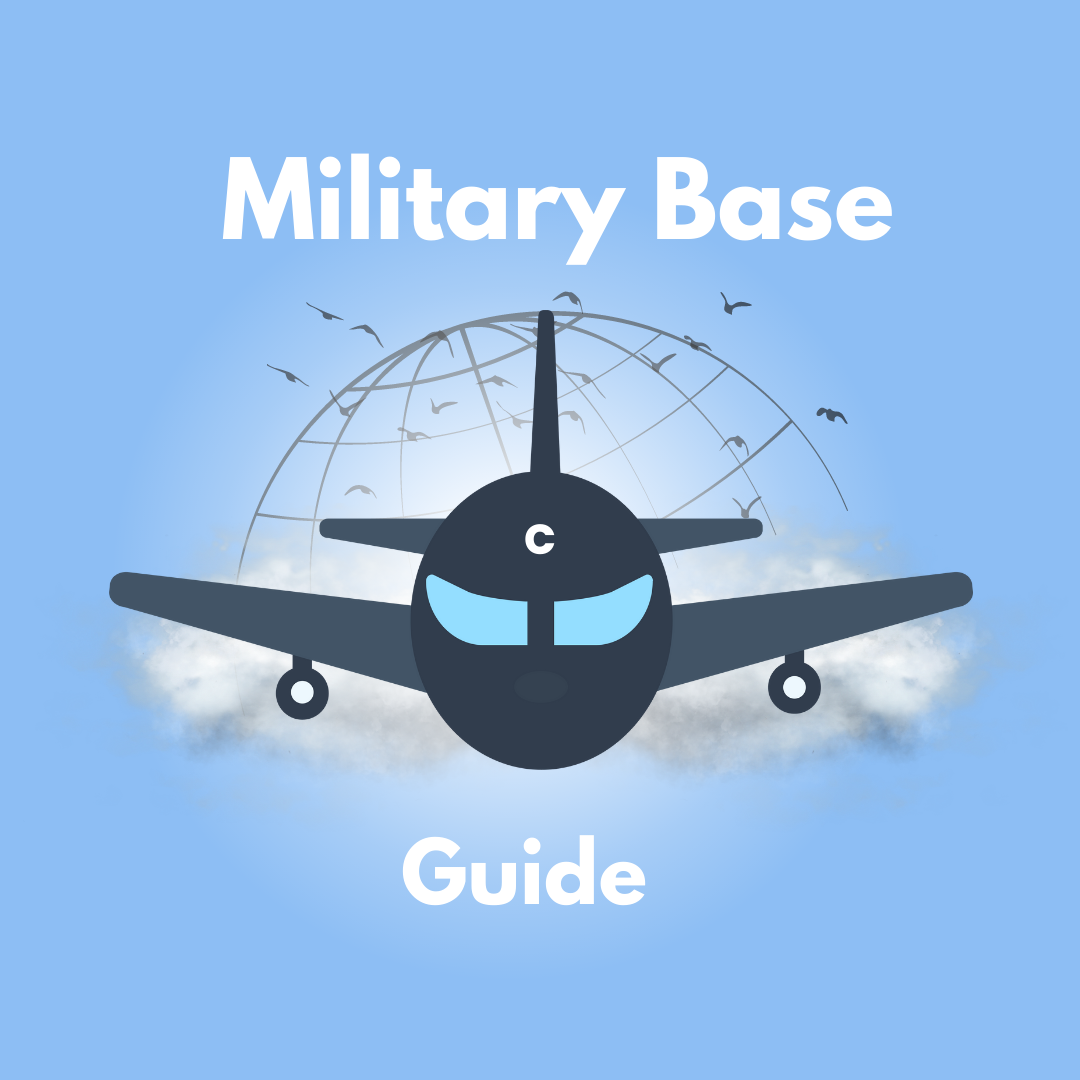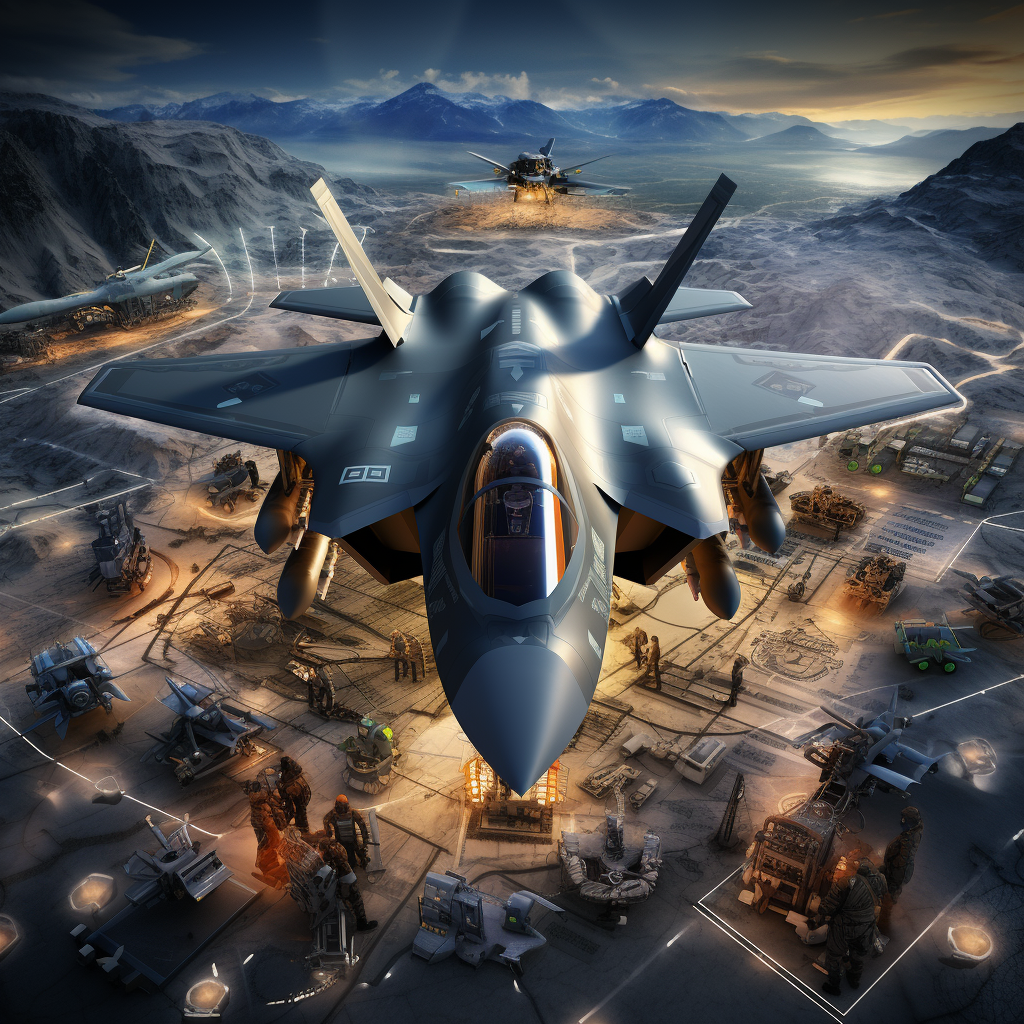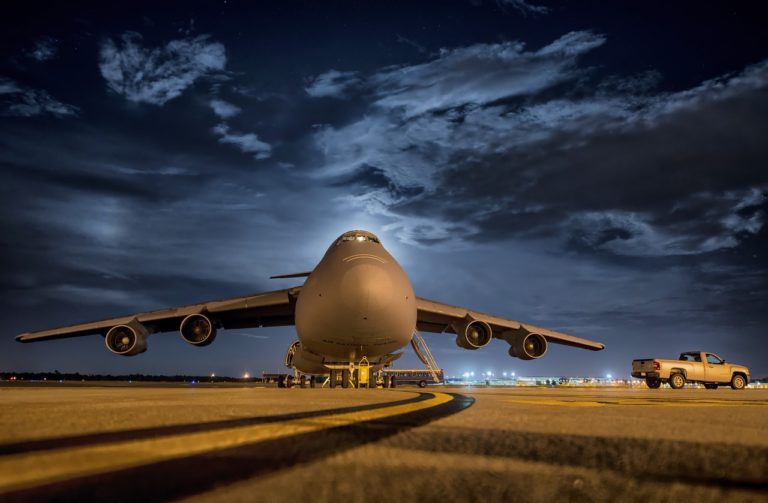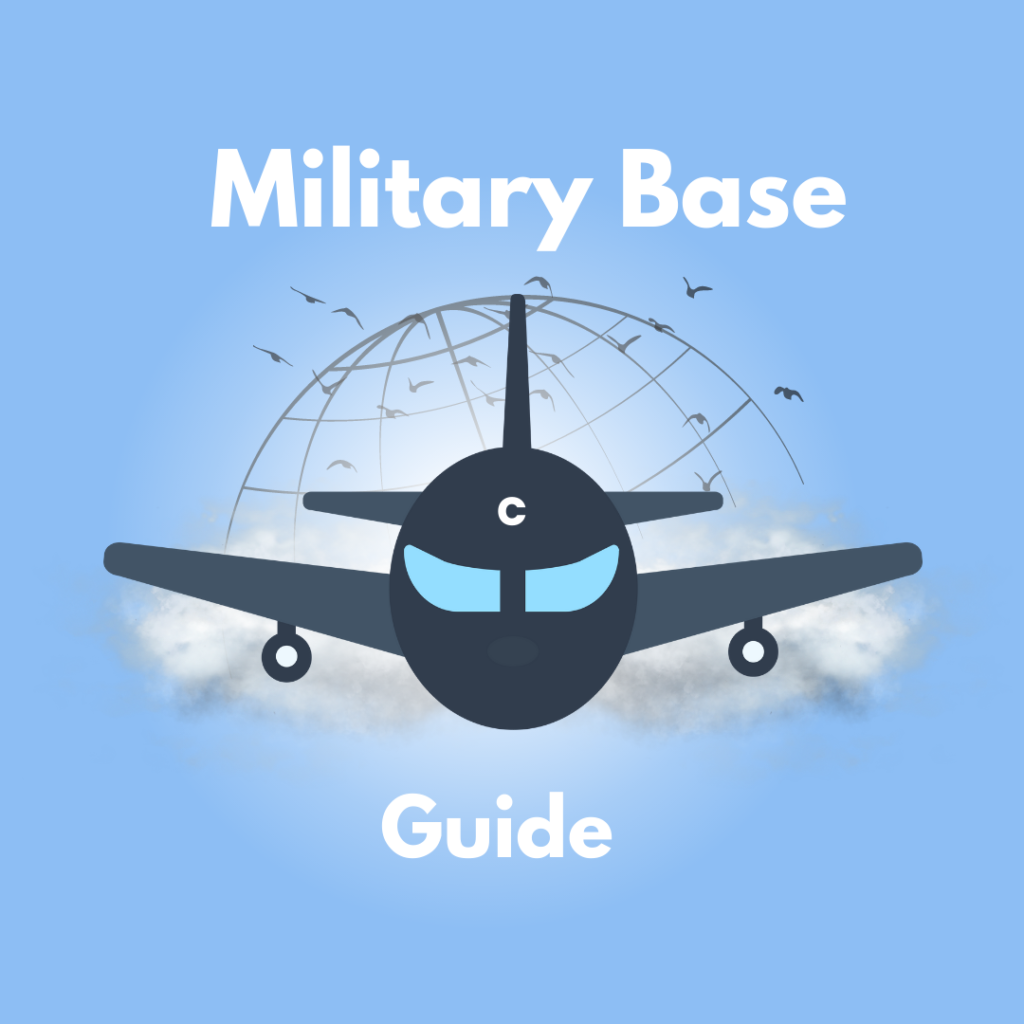The United States Air Force (USAF) has long been known for its formidable fleet of fighter jets, but in the modern era, its capabilities extend far beyond the skies. With the emergence of multi-domain warfare, the USAF has adapted its strategies and technologies to become a truly multi-domain force that can operate effectively across land, sea, air, space, and cyberspace.
While fighter jets remain a vital component of the USAF, they are now just one piece of a much larger puzzle. The Air Force has recognized the need to integrate its operations and capabilities across multiple domains to effectively counter emerging threats and maintain superiority. This new approach encompasses a range of technologies, strategies, and platforms that have expanded the USAF’s capabilities beyond what was imagined even a decade ago.
One of the key aspects of the USAF’s multi-domain capabilities is the integration of space operations. As space becomes increasingly militarized, the Air Force has focused on developing space-based assets like satellites and advanced communication systems. These capabilities not only enhance the Air Force’s ability to gather valuable intelligence but also enable precise navigation, targeting, and global communications on a scale never seen before.
Moreover, the USAF has recognized the importance of cyberspace as a critical domain for modern warfare. The Air Force has established the Cyber Command, which is responsible for protecting military networks and infrastructure from cyber threats, as well as conducting offensive cyber operations. By developing strong cyberspace capabilities, the Air Force can now engage in information warfare, disrupt enemy networks, and protect against cyber-attacks on its own systems.
In addition to operating in space and cyberspace, the USAF has also expanded its reach on land and at sea. The Air Force Special Operations Command (AFSOC) is a prime example of its multi-domain capabilities. AFSOC combines air, ground, and maritime assets to execute a wide range of unconventional missions. These include activities like counter-terrorism, reconnaissance, and personnel recovery, conducted in coordination with other military branches and international partners.
Furthermore, the Air Force has developed a range of advanced unmanned systems, such as drones and autonomous vehicles, which have vastly increased its capabilities across domains. Unmanned aerial vehicles (UAVs) provide the Air Force with enhanced surveillance capabilities, precision strike capabilities, and the ability to operate in areas where human pilots would be at risk. These unmanned systems are not limited to the air domain, as the Air Force is also exploring the use of autonomous vehicles on land and sea for various mission requirements.
To enable the seamless integration of these multi-domain capabilities, the USAF is investing heavily in advanced technologies and concepts. The Air Force is developing sophisticated command and control systems that can coordinate operations across multiple domains and provide real-time situational awareness for decision-makers. Additionally, the USAF is embracing the concept of Joint All-Domain Command and Control (JADC2), which aims to connect all military platforms and sensors into a networked system for efficient and effective operations across domains.
The USAF’s multi-domain capabilities demonstrate its commitment to evolve and adapt to the changing nature of warfare. By integrating operations across land, sea, air, space, and cyberspace, the Air Force has significantly enhanced its ability to project power, achieve mission success, and deter potential adversaries. As the world becomes increasingly interconnected and threats continue to evolve, the USAF’s capabilities beyond fighter jets will become even more crucial in maintaining global security.
[ad_2]



